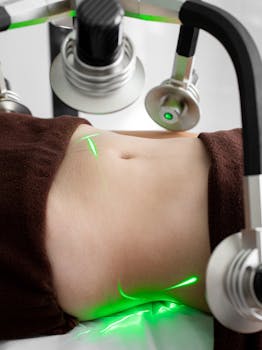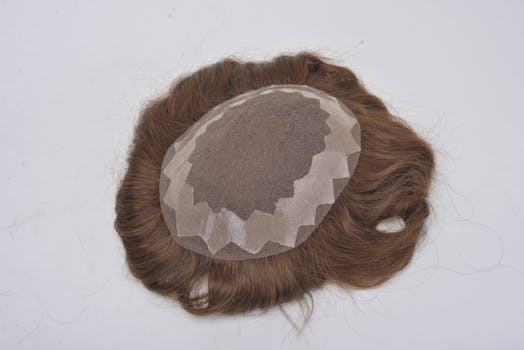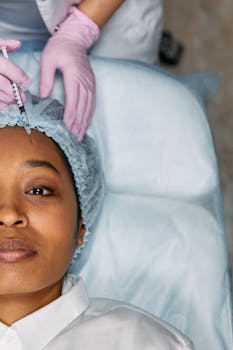Choosing body-contouring surgery requires clear information about goals, recovery, and realistic outcomes. Early in your research you might read about liposuction and bbl as combined approaches: liposuction sculpts donor areas while a Brazilian Butt Lift (BBL) uses fat transfer to augment and reshape the buttocks. Below are expert tips, comparisons, and practical answers to common questions to help you plan safely and sensibly.
Liposuction vs BBL: Key differences and how they work
Liposuction and BBL serve related but distinct purposes. Liposuction removes unwanted fat from areas such as the abdomen, flanks, thighs, and back. A BBL transfers some of that harvested fat to the buttocks to improve shape and projection. Understanding the difference between lipo and bbl helps set expectations: liposuction focuses on reduction and contouring; a BBL focuses on augmentation and shaping.
How surgeons combine techniques
Many patients opt for combined procedures—liposuction and bbl—in a single operation. Surgeons typically perform liposuction first to harvest healthy fat, process it, and then inject it into predetermined buttock zones. This is sometimes referred to as liposculpture BBL when the fat grafting emphasizes artistic contouring. When considering liposuction and buttlift alternatives, discuss volume goals, donor-site availability, and safety protocols with your surgeon.
Common comparisons: lipo 360 vs bbl and other pairings
Some terms you’ll encounter while researching: lipo 360 vs bbl describes a full-circumference liposuction (360-degree) around the torso combined with buttock augmentation. Lipo 360 can dramatically change the waist-to-hip ratio, making fat transfer more effective cosmetically. Patients also compare lipo and butt lift as choices—traditional butt lifts use skin excision and tissue repositioning rather than fat transfer, which is why the phrase liposuction and buttlift appears in surgical discussions.
Safety and candidacy
Not everyone is an ideal candidate for a BBL. Good candidates typically have sufficient donor fat, stable body weight, and realistic expectations. Because fat grafting involves reinjection beneath the skin, safety protocols aim to minimize deep intramuscular injections to reduce risk. Ask about your surgeon’s experience with liposuction vs bbl outcomes and their complication rates before deciding.
For patients exploring other fat-transfer procedures outside of the buttocks, you might find helpful reading on fat transfer breast augmentation. See this page for more details on fat transfer breast augmentation costs and what to expect: fat transfer breast augmentation costs and what to expect.
Recovery tips and timeline
Recovery varies by extent of liposuction and how much fat is transferred. Typical milestones include:
- First week: Swelling, bruising, and discomfort are common. Expect to wear compression garments and avoid sitting directly on the buttocks as advised.
- Weeks 2–6: Gradual return to light activity. The majority of initial swelling subsides.
- 3 months+: Final contour and most retained fat volume become apparent by three to six months, though subtle changes can continue up to a year.
Following post-operative instructions—especially regarding sitting, sleeping positions, and garment use—helps protect transferred fat and supports predictable results.
Choosing a qualified surgeon
Look for board certification, documented experience with liposuction and bbl procedures, and before-and-after galleries that reflect consistent technique. Ask specific questions about how they perform liposuction and butt lift procedures, their approach to fat processing, and what measures they take to avoid complications. If you want an external clinical overview of liposuction techniques and risks, this Wikipedia overview of liposuction is a concise resource.
Practical considerations and costs
Costs vary widely by region, surgeon, facility fees, and whether additional procedures are included. Remember that safety and surgeon expertise should outweigh price when planning body-contouring surgery. Discuss anesthesia options, facility accreditation, and what’s included in the quoted fee to avoid surprises.
Short checklist before booking
- Confirm surgeon board certification and BBL-specific experience.
- Review recovery plan, including sitting protocols and garment duration.
- Understand revision policies and follow-up schedule.
Frequently asked questions
Q: Is a BBL permanent or will the fat be reabsorbed?
A: Some of the transferred fat will be reabsorbed, typically leaving 60–80% of the grafted volume long-term. Proper surgical technique and postoperative care influence how much fat survives.
Q: How does lipo 360 vs bbl change results?
A: Lipo 360 removes fat circumferentially around the torso, often enhancing the hourglass effect when combined with a BBL. This pairing can create more dramatic waist-to-hip definition than either procedure alone.
Q: What are the main risks of liposuction and bbl?
A: Risks include infection, asymmetry, contour irregularities, and fat necrosis. BBL-specific concerns emphasize safe injection planes and avoiding deep intramuscular injections. Discuss risk mitigation with your surgeon.






